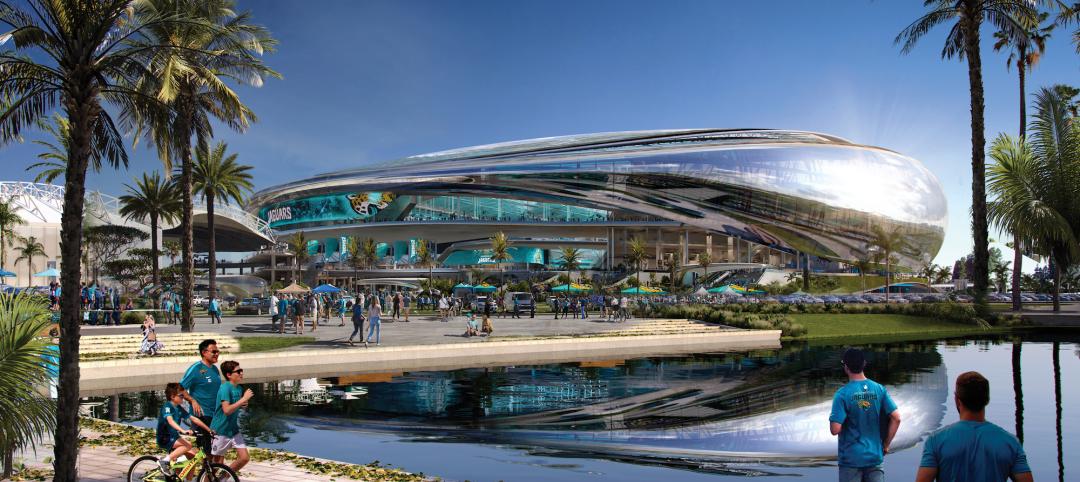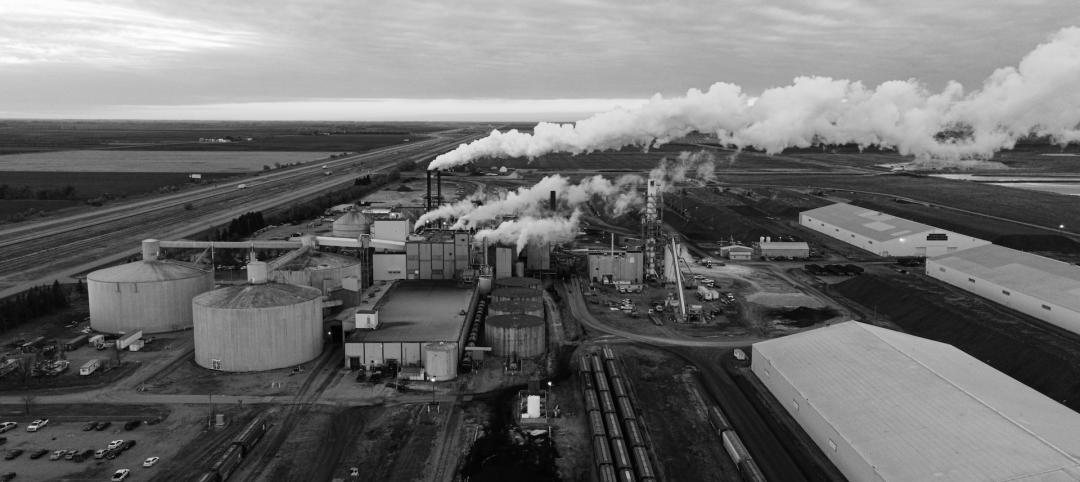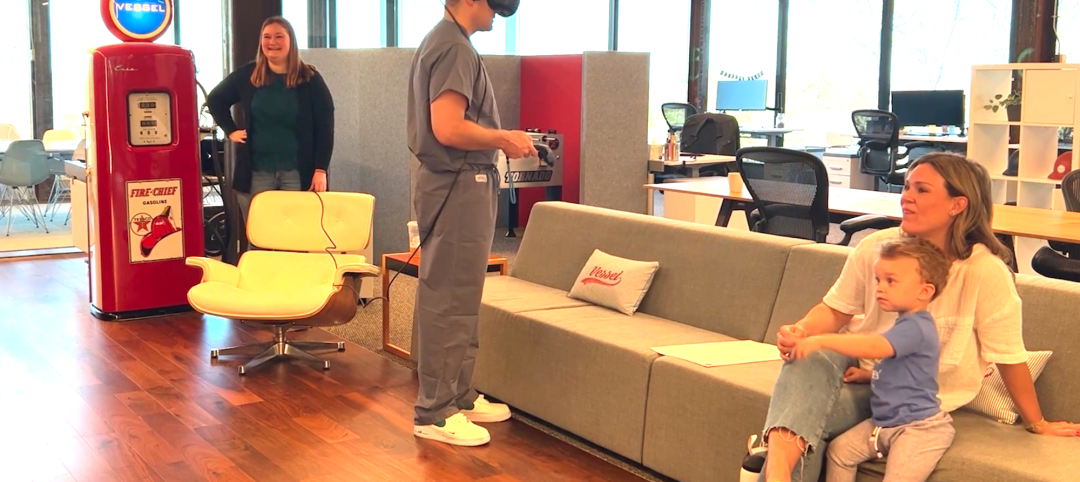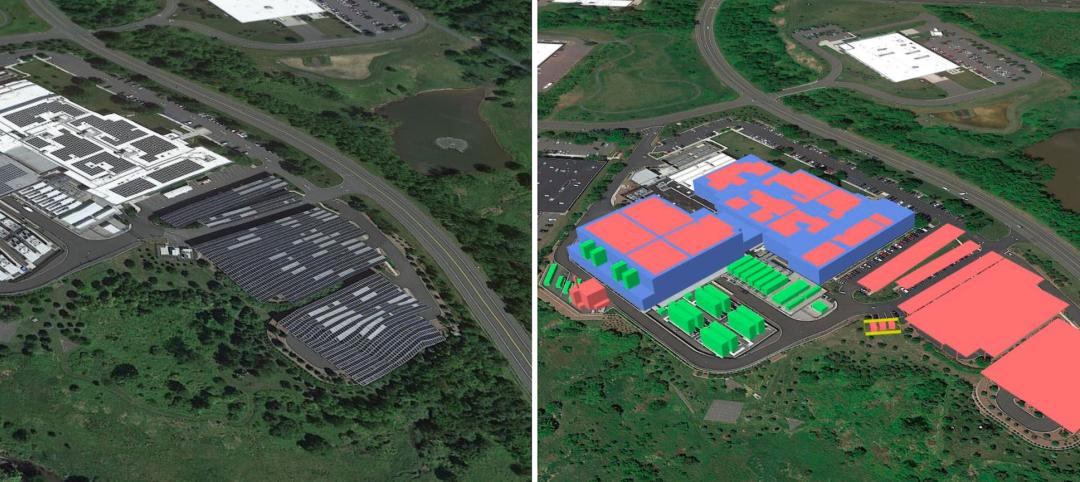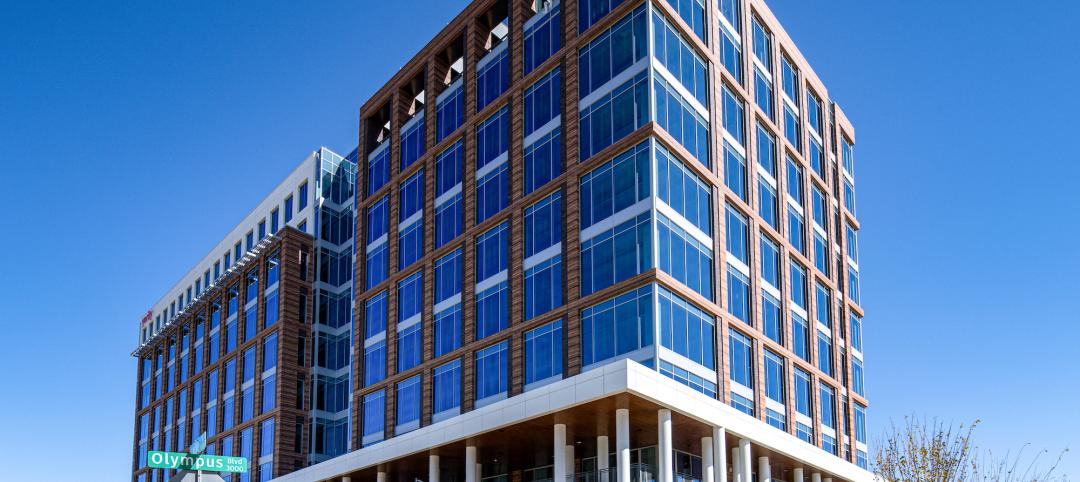Finding true north is just as essential for project teams and capital projects as it is for personal journeys and accurate navigation. Ask any surveyor. They will tell you that true north by definition is not magnetic North. To find true north from a magnetic compass you have to know the local magnetic variation and how it has varied over time. If you want to get from a point at the bottom of a map to one at the top, you must head true north.
Metaphorically, true north refers to one’s direction in life, as we are often uncertain where we stand, where we are going, and what is the right path for us personally. Knowing our true north enables us to follow the right path.
The same holds true for the life of a healthcare project. Most healthcare projects can take four to five years or more to come to fruition when you account for the time vested in pre- and post-construction. Because healthcare projects take years to implement and given the size of the teams involved, developing a "true north charter" is essential for a healthcare capital project in order to keep the entire team on track and moving in the right direction.
Defining a true north for a capital project takes time and effort, but can yield great benefits and the impact can be transformational. By communicating a shared vision and mission between the client, the project team, and the project, a true north charter can help inspire.
The charter outlines the required conditions of satisfaction that should be strategic, operational, and project specific in nature. The charter should also assign measurable goals to help the team track and assess their achievements through the life of the project. The underlying benefit of defining a true north charter is developing team dynamics built on trust, accountability, transparency, respect, and collaboration.
FINDING BALANCE IN CHOPPY WATERS
Navigating the capital planning and implementation process was much easier when the economy was humming. There was adequate access to funding, and the key driver for planning was volume. However, the healthcare industry has been rapidly evolving under the Affordable Care Act (ACA) and a soft economy. Healthcare reform has compelled health systems, hospitals, and physician groups to reduce costs and improve the quality of care-all with more regulatory requirements and less capital.
Changes to reimbursement methods, along with reductions in healthcare provider compensation, are forcing health systems to rethink their approach to balancing their assets and liabilities, including health care real estate. These factors, particularly when combined with a projected increase in demand for ~79 million aging baby boomers and ~30 million newly insured patients, has operators and owners of real estate repositioning portfolio requirements.
SETTING VISION AND MISSION
Finding true north in these choppy waters requires a keen sense of the market and a strong sense of the institution’s purpose. This starts with the mission and vision of the organization. While all health institutions exist to serve the community, the current market has forced many organizations to focus their efforts on meeting the greatest needs and offers specialization only when the market can support it financially.
A comprehensive strategic plan should highlight the organization’s vision, mission, and key areas of focus and be the baseline navigational tool for the institution and any capital spending. The true north for a capital project is then guided by the organization’s vision and mission statements, and further developed into a tangible project mission statement, guiding principles, target metrics, and target future state operations.
One Midwest health system’s vision and mission states:
“Our mission is to improve the health of the communities we serve through quality health care, education and research. Our vision is to be the best for those who need us. We value safety, compassion, respect and integrity.”
A sample of a project mission statement that could accompany such a corporate mission statement could be: “Through collaboration, team integration, and best practices, the project team endeavors to provide the expanded and improved facility within the owner’s schedule, efficiency, and budget goals while providing high levels of quality, safety, and team satisfaction. By delivering the XYZ Health System New Tower Project, the project team will meet the expectations set by the Health System board, administration, caregivers, support staff, and community through our innovation, collaboration, and professionalism."
STAYING ON TRACK
While the preceding project mission statement provides a framework for positive motivation and influence, it does not deliver the tangible metrics needed to offer feedback to the project team or client to know if the project is on the right path or that the desired outcomes have been achieved. In order to provide continuous feedback and help steer towards the projects "true north," goals must be tangible and measurable.
Guiding principles or goals should address the organization’s strategic and operational goals of the project, as well as the project-specific goals that address team performance. Each specific goal can then be supported by a tactic that can be mapped, tested, and monitored through specific key performance indicators, or KPIs. Prior to construction, KPIs for each tactic should be captured to establish baseline data in order for progress reports and post-occupancy data to be available for feedback and for comparison to future state.
Example strategic goal areas
- Increase Market Share
- Accommodate Private Bed Model
- Invest in New Model of Care
- Invest in Infrastructure to Decrease Operational Costs
Example Operational Goal Areas
- Maximize Staff Efficiency
- Improve Occupancy Efficiency by 15% (throughput)
- Reduce Cycle Times by 10%
- Reduce Medical Errors
- Increase Patient Satisfaction Scores
- Increase Flexibility of the Space
Example Project Goal Areas
- Safety During Construction
- Schedule Adherence
- Quality Product
- Cost Control
- Community Relationships
- Communication and Commitments
- Team Behavior and Relationships
ACHIEVING TRUE NORTH
Perhaps the greatest benefit to setting a capital project’s true north is the ability to provide feedback. It helps build trust for the project team, creates accountability, provides transparency, affords respect, and encourages collaboration for the entire team. Two reporting tools used to inform leadership and project teams on the success in navigating toward true north are the project status report (PSR) and the after action review (AAR).
The PSR, as its name suggests, provides an overview of your project’s trajectory. More than a reporting mechanism, the PSR should be a management tool that aides the team in achieving the established KPIs.
While many KPIs are tangible and measurable, others related to team dynamics and communication which may only be measured through a survey.
Still, other outcomes can only be measured post-occupancy. The AAR is a structured debrief process and knowledge management tool that provides accountability and insight. Perhaps the greatest benefit of the AAR is the lessons learned that can be applied to future work, teams, and processes. The AAR is developed by the entire project team after project completion. It captures true-north desired outcomes, measurable goals, tactics, and pre-construction metrics in order to summarize the capital project’s process, work products and post construction results.
CONCLUSION
Regardless of the terminology used, be sure to invest time in identifying the direction and process that will deliver the desired results for your project. By following the old adage of “plan your work and work your plan,” your project team will set the foundation to follow true north and ultimately achieve success. And in the process, you will find the underlying benefit of continual improvement.
About the Authors
Steve Higgs is Managing Director and Lora Schwartz is Principal Consultant with CBRE Healthcare.
Related Stories
Laboratories | Jun 23, 2023
A New Jersey development represents the state’s largest-ever investment in life sciences and medical education
In New Brunswick, N.J., a life sciences development that’s now underway aims to bring together academics and researchers to work, learn, and experiment under one roof. HELIX Health + Life Science Exchange is an innovation district under development on a four-acre downtown site. At $731 million, HELIX, which will be built in three phases, represents New Jersey’s largest-ever investment in life sciences and medical education, according to a press statement.
Sports and Recreational Facilities | Jun 22, 2023
NFL's Jacksonville Jaguars release conceptual designs for ‘stadium of the future’
Designed by HOK, the Stadium of the Future intends to meet the evolving needs of all stadium stakeholders—which include the Jaguars, the annual Florida-Georgia college football game, the TaxSlayer.com Gator Bowl, international sporting events, music festivals and tours, and the thousands of fans and guests who attend each event.
Architects | Jun 22, 2023
Keith Hempel named President of LPA Design Studios
LPA Design Studios today announced the promotion of Chief Design Officer Keith Hempel, FAIA, to president of the 58-year-old integrated design firm. Hempel, who joined LPA in 1995, has been an integral part of the firm’s growth, helping to develop an integrated design process that has produced industry-leading results.
Industrial Facilities | Jun 20, 2023
A new study presses for measuring embodied carbon in industrial buildings
The embodied carbon (EC) intensity in core and shell industrial buildings in the U.S. averages 23.0 kilograms per sf, according to a recent analysis of 26 whole building life-cycle assessments. That means a 300,000-sf warehouse would emit 6,890 megatons of carbon over its lifespan, or the equivalent of the carbon emitted by 1,530 gas-powered cars driven for one year. Those sobering estimates come from a new benchmark study, “Embodied Carbon U.S. Industrial Real Estate.”
Virtual Reality | Jun 16, 2023
Can a VR-enabled AEC Firm transform building projects?
With the aid of virtual reality and 3D visualization technologies, designers, consultants, and their clients can envision a place as though the project were in a later stage.
Mechanical Systems | Jun 16, 2023
Cogeneration: An efficient, reliable, sustainable alternative to traditional power generation
Cogeneration is more efficient than traditional power generation, reduces carbon emissions, has high returns on the initial investment, improves reliability, and offers a platform for additional renewable resources and energy storage for a facility. But what is cogeneration? And is it suitable for all facilities?
Office Buildings | Jun 15, 2023
An office building near DFW Airport is now home to two Alphabet companies
A five-minute drive from the Dallas-Fort Worth International Airport, the recently built 2999 Olympus is now home to two Alphabet companies: Verily, a life sciences business, and Wing, a drone delivery company. Verily and Wing occupy the top floor (32,000 sf and 4,000 sf, respectively) of the 10-story building, located in the lakeside, work-life-play development of Cypress Waters.
Transit Facilities | Jun 15, 2023
Arlington, Va., transit station will support zero emissions bus fleet
Arlington (Va.) Transit’s new operations and maintenance facility will support a transition of their current bus fleet to Zero Emissions Buses (ZEBs). The facility will reflect a modern industrial design with operational layouts to embrace a functional aesthetic. Intuitive entry points and wayfinding will include biophilic accents.
Urban Planning | Jun 15, 2023
Arizona limits housing projects in Phoenix area over groundwater supply concerns
Arizona will no longer grant certifications for new residential developments in Phoenix, it’s largest city, due to concerns over groundwater supply. The announcement indicates that the Phoenix area, currently the nation’s fastest-growing region in terms of population growth, will not be able to sustain its rapid growth because of limited freshwater resources.
Multifamily Housing | Jun 15, 2023
Alliance of Pittsburgh building owners slashes carbon emissions by 45%
The Pittsburgh 2030 District, an alliance of property owners in the Pittsburgh area, says that it has reduced carbon emissions by 44.8% below baseline. Begun in 2012 under the guidance of the Green Building Alliance (GBA), the Pittsburgh 2030 District encompasses more than 86 million sf of space within 556 buildings.





